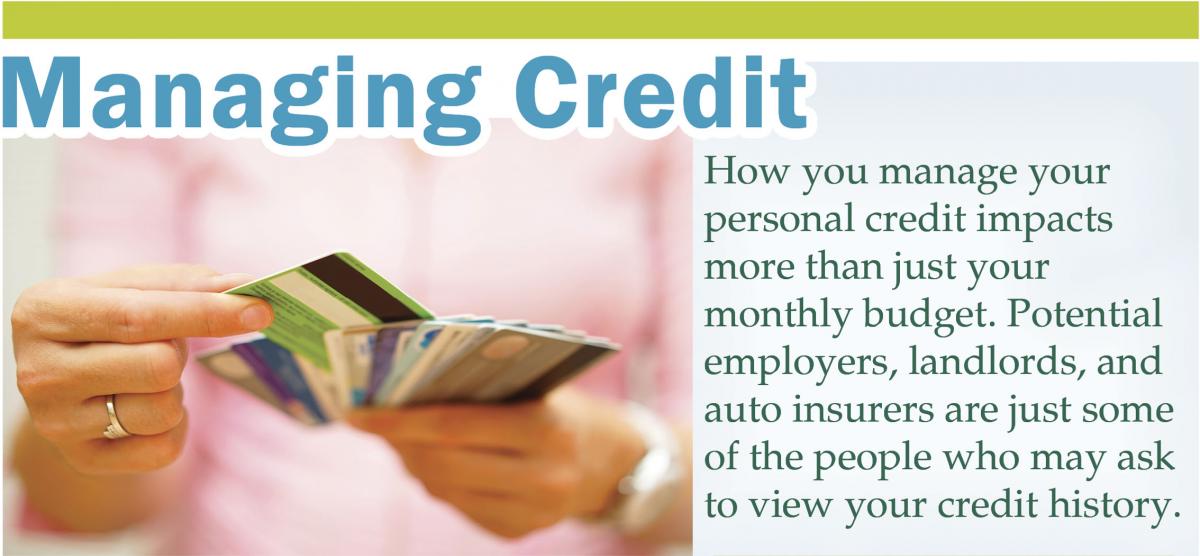Vermonters, like most Americans, Enjoy the Convenience of Using Credit Cards
However, the potential to overspend, cost of paying double-digit interest rates, and risk of identity theft are causing many people to carefully consider how they’re using this financial tool. According to 2019 report by the Federal Reserve, total U.S. outstanding revolving debt, chiefly made up of credit card balances, was more than 1 trillion. WalletHub reports that in Vermont, the average credit card debt now stands at almost $7,000 per resident. Nationally, the average credit card balance per consumer was $8,2019 in the second quarter of 2019.
Key to eliminating credit card debt is to pay the bill in full when it comes in and avoid interest charges. However, if you cannot pay off the debt completely, always pay more than the minimum monthly payment.
Keep Track of your Records
If you are actively using a credit card, make sure to keep the following items in your financial files.
- Terms of agreement: a document that accompanies your loan application and defines the rights and responsibilities of the borrower and creditor.
- Receipts: you can compare charges when your bill arrives.
- Monthly statements: keep at least a year, and tax-related items for seven years.
- A list of your credit card numbers and the telephone numbers of each card issued so you can quickly notify companies if your cards are lost or stolen.
Need Resources? We're Here to Help
MyMoney.Vermont.Gov is organized to provide helpful saving information. Check out these resources:

